6. The Wind Rises (2013)
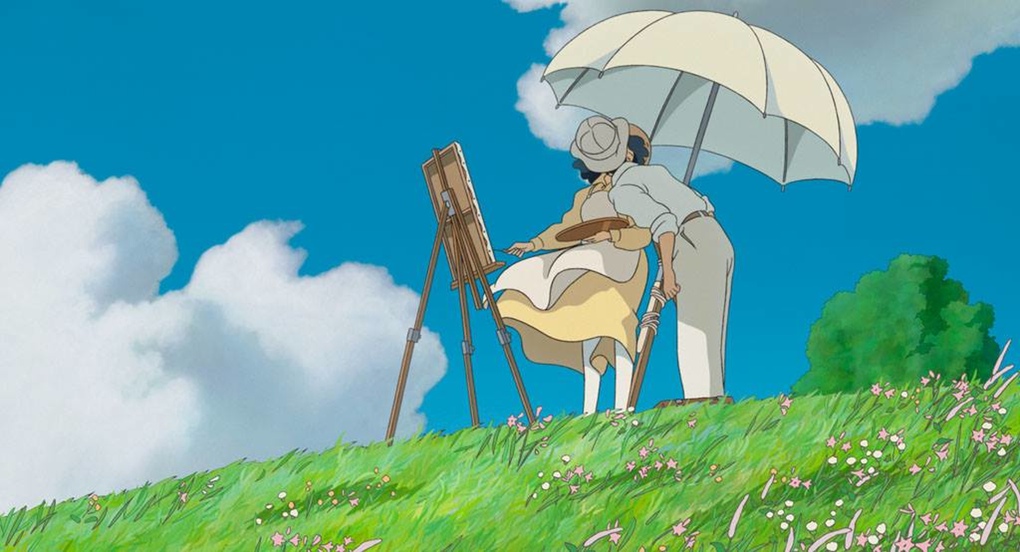
Miyazaki has repeatedly stated his love for airplanes, particularly old ones. His family owned a company that produced wingtips for Zero fighters, and that fact had a huge impact on his character. That is why every film of his contains flying scenes of some kind, as he wants to portray aviation as an object of admiration and awe. However, he has stated that he was attracted to military aircraft as a child, but he grew to detest them as he got older, since he realized their destructive power.
This point of self-controversy is chiefly presented in “The Wind Rises”, which tells the story of Jiro Horikoshi, a man who designed fighting planes for Japan during the war, but eventually started feeling regret for his manufacturing of these death-machines.
This time, Miyazaki refrained from the magical realism of his previous film, instead shooting a biopic through an old-fashioned narrative, filled with nostalgia and romanticism. Through this setting, and the story of Jiro, Miyazaki presents the blight of war and its consequences on people, although the focus remained on the romantic story featuring in the film.
5. Howl’s Moving Castle (2004)
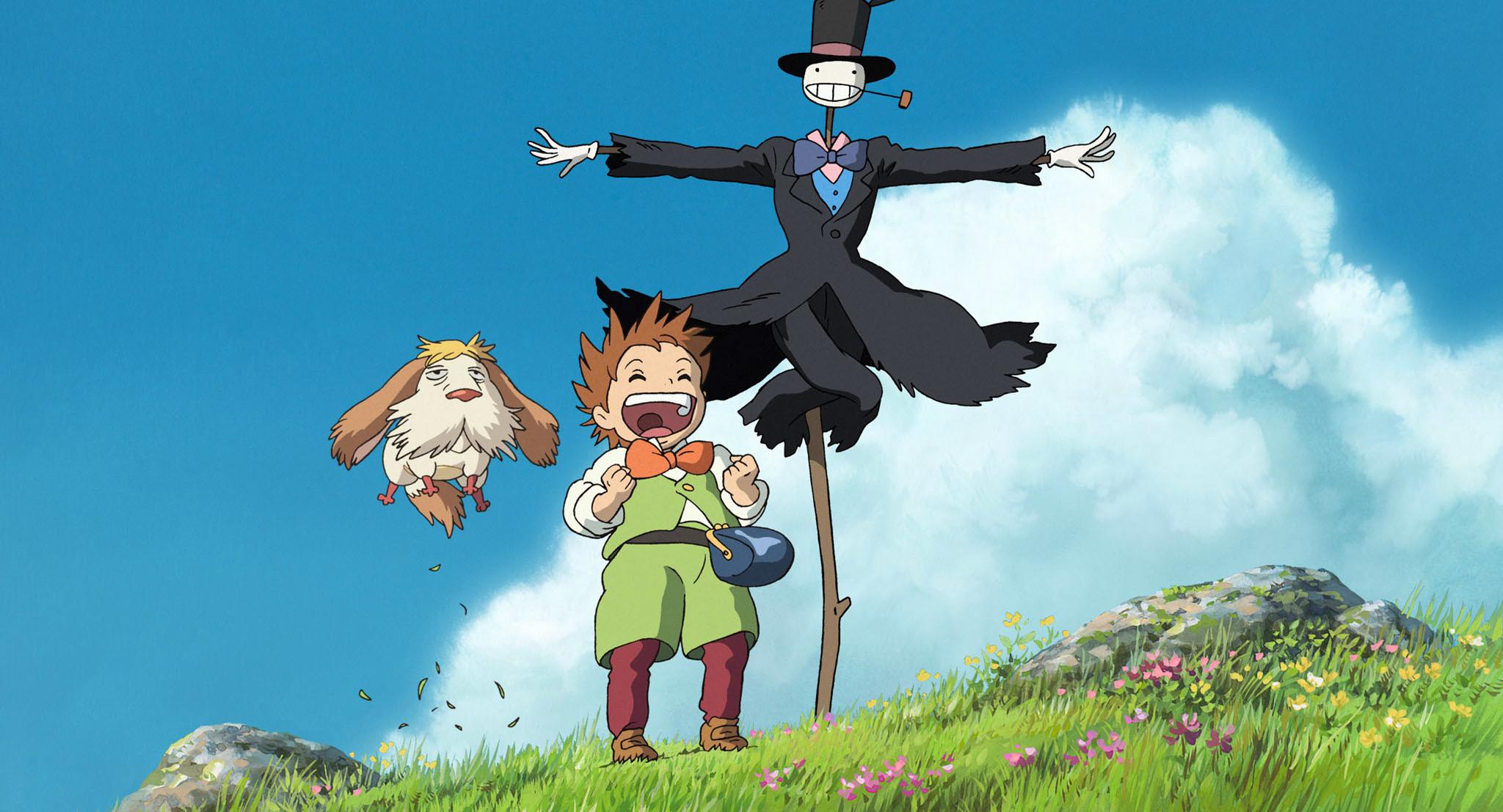
Based on the homonymous novel by Diana Wynne Jones, the film takes place in a kingdom where magic and technology co-exist. The main protagonist is Sophie, a hatter who is cursed by a witch and transformed into an old woman. In her efforts to lift the curse, she stumbles upon a wizard named Howl, and gets caught in a war with another kingdom.
The film moves in the regular combination of surrealism and allegory, highlighting the consequences of war, particularly on children. At the same time, Miyazaki, who shot this film to show his distaste for the 2003 Iraq War, actually shows the idiocy of combat through Madame Suliman, who has only sadistic motives to create conflict. In that fashion, he also showed that the conflicts in the modern world are instigated due to the desires of bloodthirsty people.
Furthermore, Miyazaki presents a number of antithetical concepts, like romanticism and sensitivity against warmongering, and the naivety of childhood against the megalomania of the grown ups.
4. Castle in the Sky (1986)
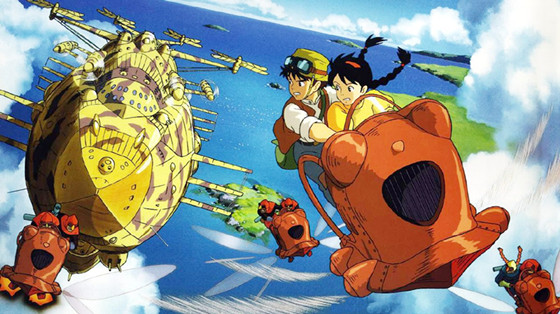
Laputa is a floating city in the sky that once used to be great. In its prime, it was technologically advanced, while its inhabitants were also living in perfect harmony with nature. Eventually, due to a disaster, they were forced to abandon it, and now it floats around, deserted.
Sheeta is a young girl sought by pirates and the military, due to a crystal necklace she owns that is supposed to be the key to discovering Laputa and revealing its secrets. Eventually, Sheeta ends up with Pazu, who also dreams of seeing Laputa, and the two of them try to reach the floating city before their chasers.
Miyazaki directs a film that entails many of his distinctive traits, but particularly the ones regarding co-existence with nature and the futility of war. The first one is presented through the city’s past, while the violent clashes between Sheeta, Pazu, their pirate friends, and Muska and his soldiers exemplify the futility of armed confrontation, and the worthlessness in the struggle for power.
Furthermore, “Castle in the Sky” incorporates elements of a coming-of-age film as Sheeta and Pazu try to cope with the world, maturing through the fact that they have no parents to take care of them.
The film features astonishing drawing and animation, with the battle scenes and the end sequence standing apart.
3. Princess Mononoke (1997)
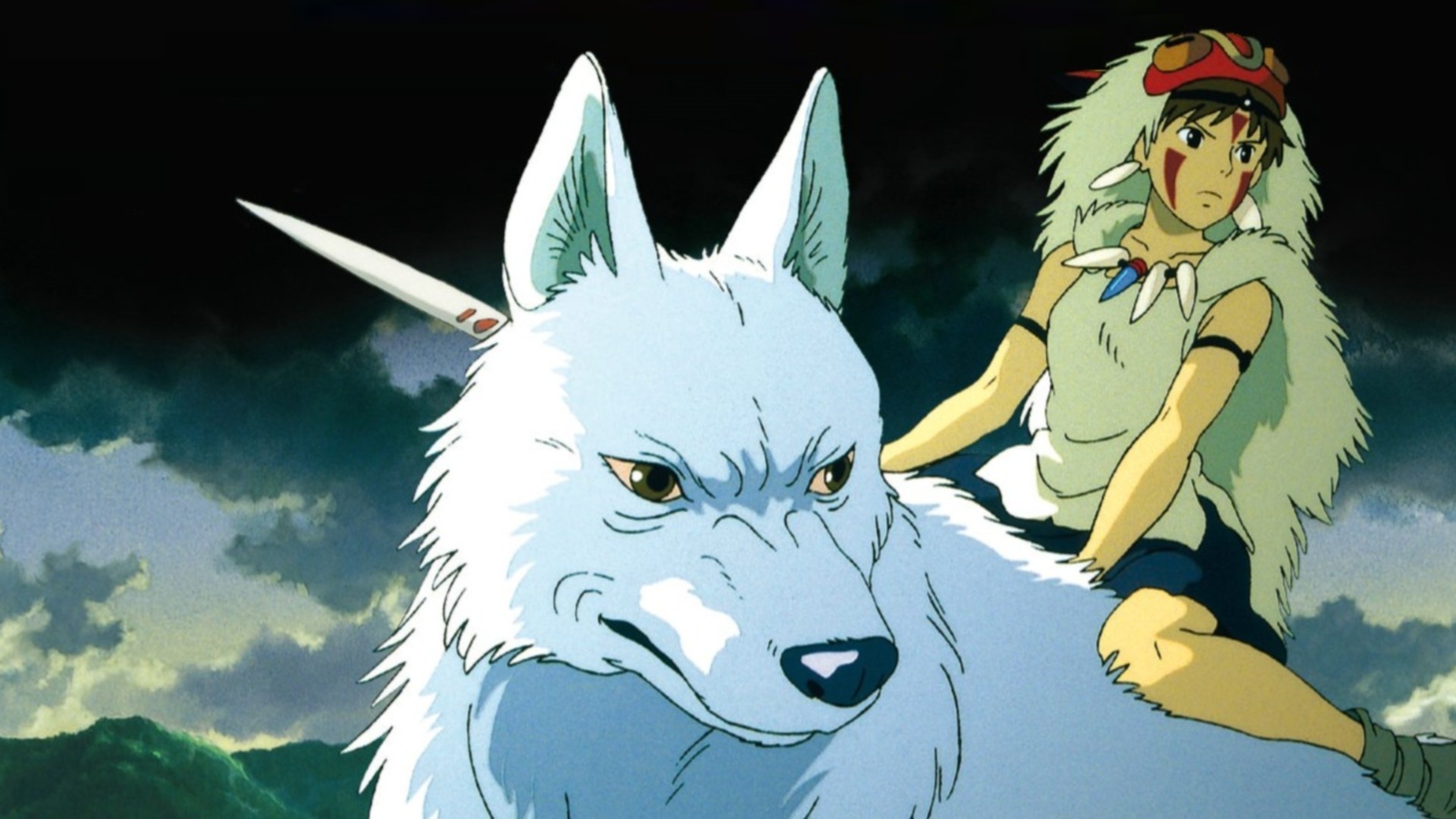
The anime takes place in Muromachi period Japan, and begins when a demon from a nearby forest attacks an Emishi village and Prince Ashitaka, the champion of the village, manages to kills him. However, his hand is infected and eventually the villagers discover that the demon was actually a boar god. In order to find a cure and discover the reason behind the god’s metamorphosis, Ashitaka takes a journey into the woods to find the Spirit of the Forest, who may hold his only hope of recovering.
During his travel, he comes across Princess Mononoke, a girl who was adopted by the god of wolves and was raised among the animals, a fact that resulted in her hating humans. Hayao Miyazaki directed an anime that is chiefly characterized for its diversity, due to the large list of characters appearing in it. All of them, however, add to the script and the general aesthetics of the film.
Furthermore, his ecological and humanistic notions are once more evident and elaborately presented. The drawing and the animation are exquisite as always, and fans of his works will notice the similarities between the main protagonists of this film with the ones from “Nausicaa of the Valley of the Wind”.
2. Nausicaa of the Valley of the Wind (1984)
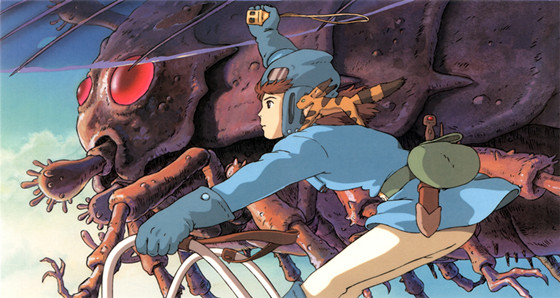
A thousand years have passed after the “Seven Days of Fire”, a war that destroyed civilization and created the Toxic Jungle, a poisonous forest swarming with giant mutant insects. Humanity now tries to survive in little cities and villages as the “Valley of the Wind”, where Princess Nausikaa is in charge. She tries to protect her people from the jungle and especially from the Ohms, giant trilobite-like creatures, although her goal is to find a way to coexist with them.
However, troops from the kingdom of Tolmekia arrive at one point, whose purpose is to use a bio-weapon that was implemented during the war to destroy the Toxic Jungle. Miyazaki wrote the homonymous manga and directed an anime that entailed a number of the characteristics that would later make him globally famous. Teenage heroes and adult villains, respect toward nature, anti-war messages, and pure love are all present here, depicted through a post-apocalyptic environment.
Furthermore, the film entailed exquisite drawing and impressive colors, although the decay of the world where the anime takes place is also evident technically. Lastly, “Nausicaä of the Valley of the Wind” included a wonderful soundtrack by Joe Hisaishi and was released with a recommendation from WWF for its ecological messages.
1. Spirited Away (2001)
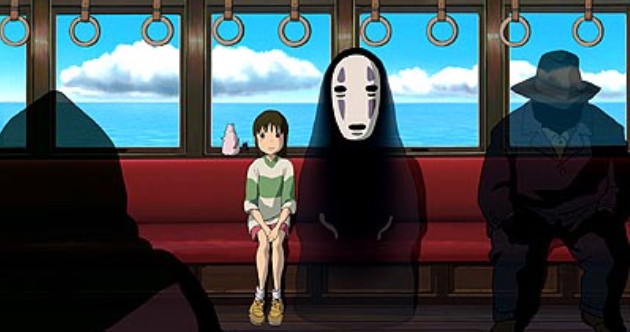
Probably the most celebrated anime globally, chiefly due to the Oscar it won in 2003 for Best Animated Feature, “Spirited Away” is Miyazaki’s magnum opus. The 10-year-old Chihiro and her parents are heading toward their new house when her father decides to cut through a road that eventually leads them to a dead end.
Subsequently, they discover a strange city and while they are roaming through it, the parents are transformed into pigs. Chihiro must now find the courage to free them from the spell and return to the real world.
Miyazaki directed a surrealistic coming-of-age film that looks like a dream, and at times like a nightmare. In his canvas, Miyazaki portrayed a plethora of symbolisms, allegories, and hidden meanings that chiefly revolve around his permanent message regarding the purity of children and the corruption of grown-ups.
In that fashion, the anime captured the hearts and souls of global audiences due to the sensitivity it exemplified at the way children look at the world.
Both the hand drawing and the animation are sublime, in this masterpiece of the genre that established Miyazaki as a world-renowned figure.
Author Bio: Panos Kotzathanasis is a film critic who focuses on the cinema of East Asia. He enjoys films from all genres, although he is a big fan of exploitation. You can follow him on Facebook or Twitter.